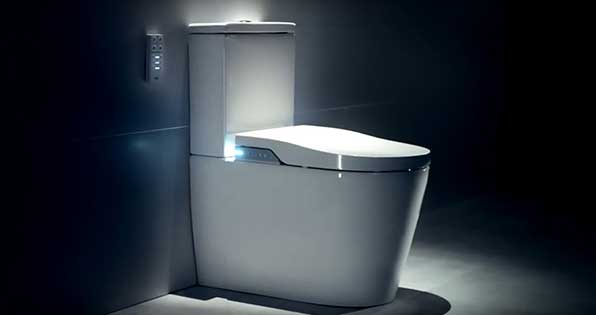FitLoo: MIT’s smart toilet detects cancer, diabetes through urine
The findings could have a major impact on the lives of those who are affected by some neuro-logic disease, injury or limb loss. The results of this study demonstrate how communication, mobility and independence can be partially restored to those with otherwise limited control over their environment. There is also no dire need to use expensive or specialized equipment for such cases making it readily available to more such candidates.
Experts at the European Space Agency and MIT have teamed up with sanitation specialists to create the FitLoo. The high-techlavatory will screen urine for the presence of extra proteins and glucose, gathering data through sensors located inside the bowl. These will detect fluctuations in levels of these substances and presence of other markers that might be an early warning sign of cancer or diabetes. The data gathered could then be beamed on the users’ smartphone or even directly to general practitioners so that they can keep a close eye on their patients.
Smart toilets are already present in countries like Japan with a focus on greater comfort and hygiene with additional features like warm-water washing, air drying and heated seats. Companies like Toto and Matsushita have released Wi-Fi connected toilets that measure body mass index, biochemical makeup (sugar, protein), flow rate and temperature of urine.
In a similar direction of work, the scientists at Stanford University have also developed a color changing paper test that can detect diseases or spot signs of a urinary tract infection with the help of a smartphone camera.
All these works are the space of preventive healthcare and the idea is that people will connect their phone to the toilet and get information about their health. If anything is of concern, they would seek their doctor’s help for more detailed tests and retain their good health in time.
Researchers also state that by putting these sensors in public toilets would allow health officials to track and gather data on prediction of spread of diseases in communities, giving an important early warning of outbreaks.
SOURCE: www.inshorts.com

